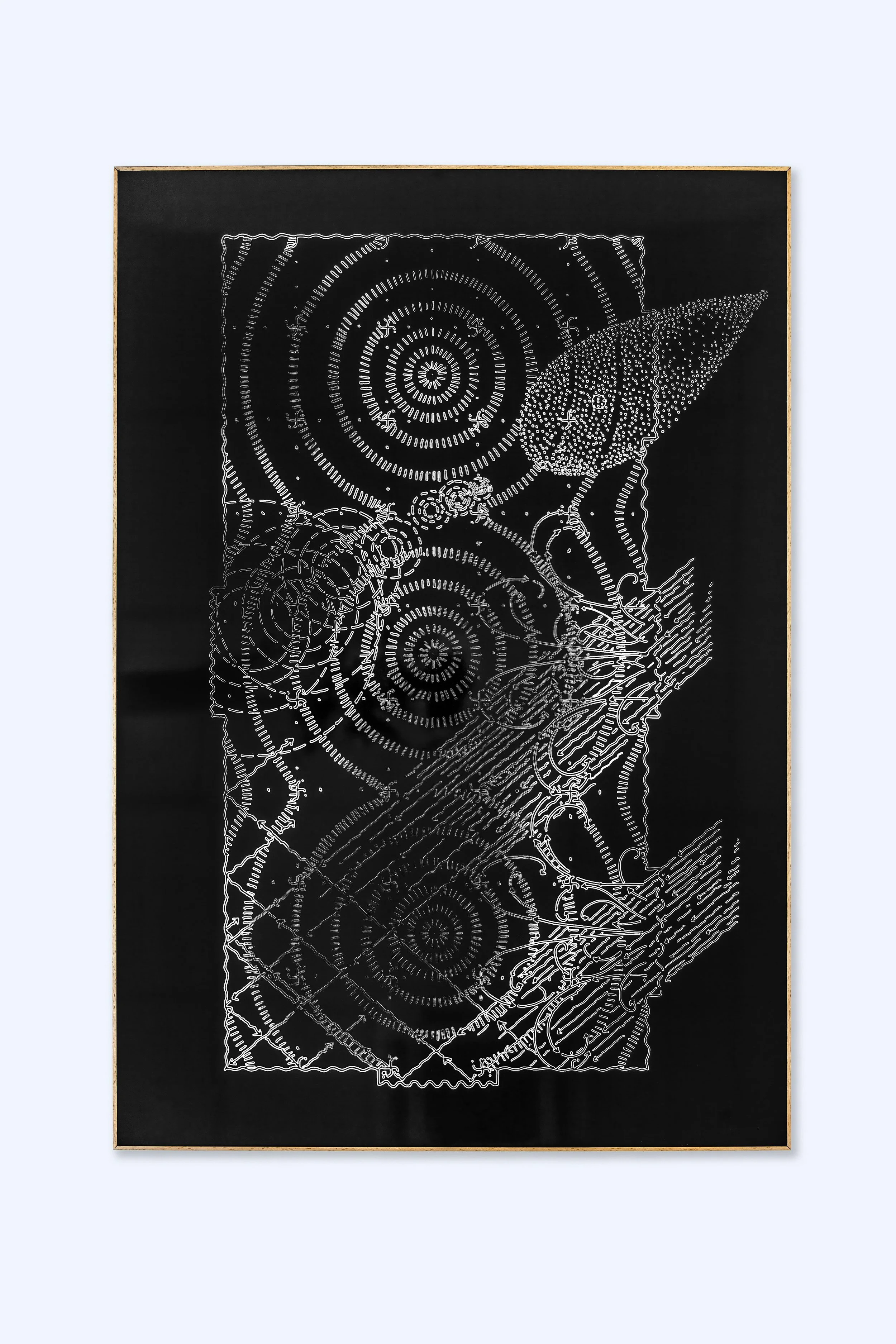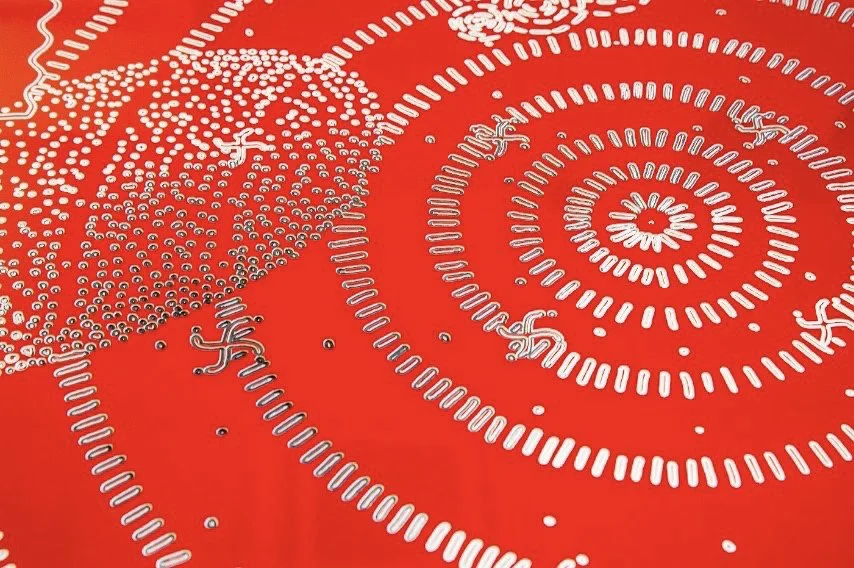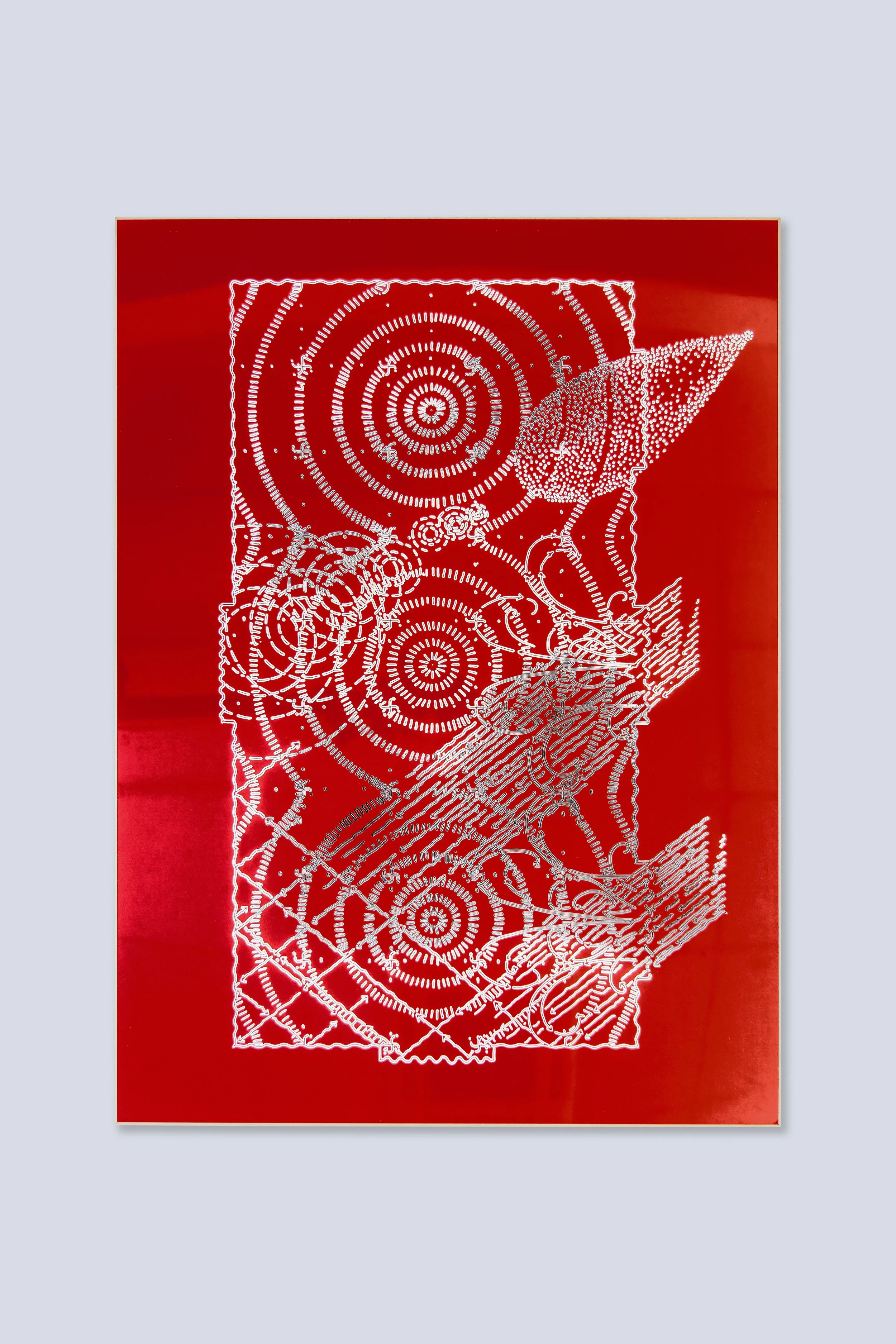GRETL’S DIAGRAM
Gretl’s Diagram is the first representation of an "environmental diagram" created by Clino Castelli in 1977.
Instead of representing the formal and structural elements of a domestic space, this Diagram highlights the paths of environmental factors: levels of natural and artificial lighting, microclimate, sound waves, odors, and colors present in the environment. Originally rendered in ink on paper, Castelli’s artwork presents a planimetric view of the perceptual dimension of the living room designed in Vienna in 1926 by philosopher Ludwig Wittgenstein for his sister, Margaret — affectionately known as Gretl. She is recognized as one of the Viennese women portrayed by Klimt’s atelier.
Gretl’s Diagram, first published in the art magazine DATA in 1977, accompanied by an in-depth presentation, is considered the manifesto of Primary Design developed by Castelli.
In 2011, a limited edition of the work was produced using laser printing on paper. In 2017, on the occasion of the 40th anniversary of the original work, it was reissued in different formats using a sophisticated digital milling technique on multi-colored layer high-pressure laminate (HPL).
Gretl’s Diagram, 1977 (ed. 2017)
-
Digital milling technique on multi-layer high-pressure laminate (HPL).
-
Price available upon request.
Gretl’s Diagram – Lamina (Black), 1977 (ed. 2017) / Detail
Gretl’s Diagram – Lamina (Red), 1977 (ed. 2017) / Detail
Gretl’s Diagram, 1977 (ed. 2017)
-
Digital milling technique on multi-layer high-pressure laminate (HPL).
-
Price available upon request.
-
• Paris, France, Centre Pompidou, Gretl's Diagram '77 (Red Lamina L), 42 x 29,7 cm, Permanent Design Collection, Inventory no. AM 2021-1-5.




